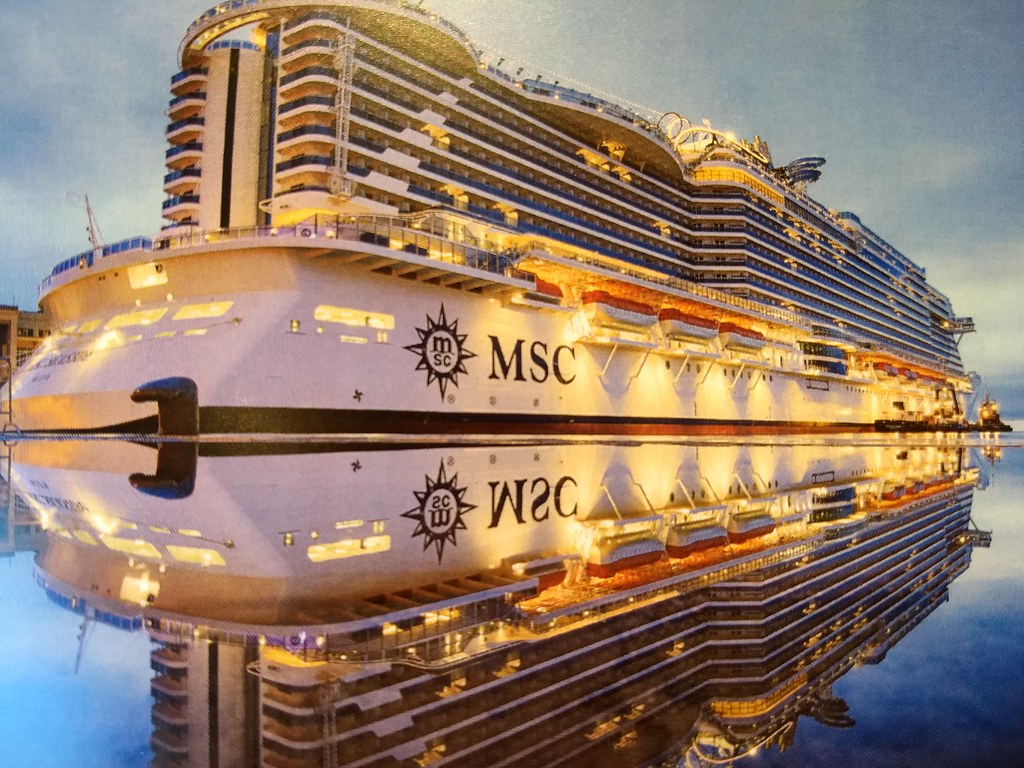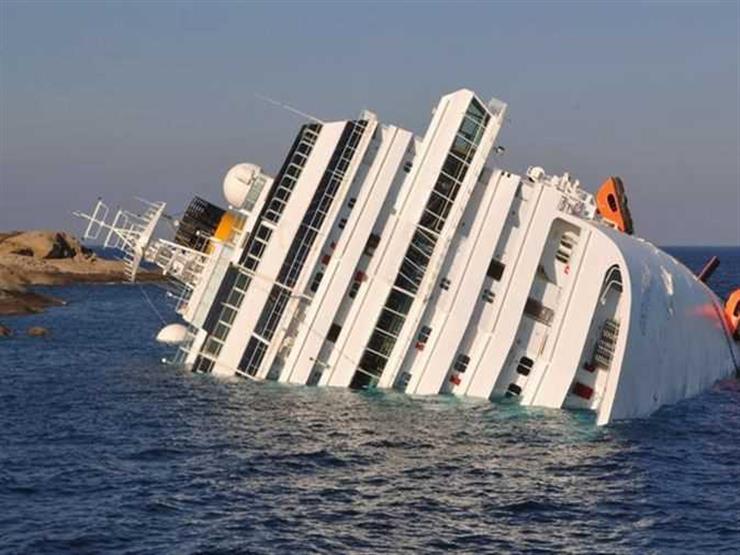Table Of Content
- ‘Nothing left’: After California Yacht Club fire, residents mourn loss of a beloved spot
- Costa Concordia captain begins appeal against conviction
- Securing wreck site and protecting environment
- Striking photos as sinking cruise ship Costa Concordia lies in shallow waters
- years later, Costa Concordia disaster is still vivid for survivors

Around nine Schettino rose and, with Cemortan in tow, returned to the bridge. Schettino was convicted of multiple manslaughter as well as abandoning ship after leaving before all the passengers had reached safety. "There was really a melee there is the best way to describe it," he told Cobiella. "It's very similar to the movie 'Titanic.' People were jumping onto the top of the lifeboats and pushing down women and children to try to get to them." Passengers struggled to escape in the darkness, clambering to get to the life boats.
‘Nothing left’: After California Yacht Club fire, residents mourn loss of a beloved spot
How Many Cruise Ships Have Sunk in History? - Cruise Hive
How Many Cruise Ships Have Sunk in History?.
Posted: Tue, 12 Dec 2023 08:00:00 GMT [source]
Prosecutors had sought a 26-year jail term but the court sentenced Schettino to 10 years for multiple manslaughter, five years for causing the shipwreck and one year for abandoning his passengers. The captain of the Italian cruise ship Costa Concordia has been found guilty of manslaughter and sentenced to 16 years in prison. The chief executive of the ship’s owners, Costa Cruises, on Monday blamed human error by Schettino for the disaster. Pier Luigi Foschi told a news conference the company would provide its captain with any assistance he required. “But we need to acknowledge the facts and we cannot deny human error,” he added.
Costa Concordia captain begins appeal against conviction
The final mad scramble to evacuate the listing liner and then the extraordinary generosity of Giglio islanders who offered shoes, sweatshirts and shelter until the sun rose and passengers were ferried to the mainland. Mr Ordona said his colleagues and passengers were waiting to use lifeboats but the change in the direction the boat was sinking prompted them to seek lifeboats on the other side of the ship. It happened on Friday evening and marked the start of hours of panic among the 4,000 people on board the cruise ship.
Securing wreck site and protecting environment
The calamity caused changes in the cruise industry like carrying more lifejackets and holding emergency drills before leaving port. With Giglio Island lying in a protected marine area, environmental issues relating to the Concordia wreck were of particular concern. The vessel was on the edge of an underwater cliff, leading to worries that the ship might slip and break apart, causing an oil spill. To lessen any potential damage, oil booms were placed around the wreckage, and in February 2012 salvage workers began removing more than 2,000 tons of fuel; the undertaking was completed the following month. Following the conclusion of the righting operation, the ship was kept on the platform while further inspections were made and the starboard sponsons attached.
Mother’s Day gift guide: For the mom who loves sustainable fashion
Somehow, though, no one found poor Manrico Giampedroni, the hotel director, who remained perched on a table above the water in the Milano Restaurant. He could hear the emergency crews and banged a saucepan to get their attention, but it was no use. When the water rose, he managed to crawl to a dry wall. He stayed there all day Saturday, his broken leg throbbing, sipping from cans of Coke and a bottle of Cognac he found floating by. It took three hours to lift him from his watery perch.
Striking photos as sinking cruise ship Costa Concordia lies in shallow waters

He slammed into a wall about 15 feet down, then tumbled down what felt like half the ship, finally landing, ominously, in seawater up to his neck. He felt a stabbing pain in his left leg; it was broken in two places. When his eyes adjusted to the darkness, he realized he was inside the restaurant, now a vast, freezing swimming pool jammed with floating tables and chairs.

Worsening weather and heavy seas earlier made the wreck slip on the rocky underwater slope where it is lodged off the island of Giglio and rescue teams were evacuated. Costa Concordia cruise ship that ran aground off the west coast of Italy, at Giglio island. Rescuers were painstakingly checking thousands of cabins on the Italian liner for 16 people still unaccounted for out of the 4,200 who were on board. As he walked, Giampedroni tapped on the doors now at his feet, listening for responses that never came. He didn’t bother trying any of them; they all opened from the inside. He had just stepped on a door outside the Milano Restaurant when, to his dismay, it gave way.
The Costa Concordia Disaster: How Human Error Made It Worse HISTORY - History
The Costa Concordia Disaster: How Human Error Made It Worse HISTORY.
Posted: Wed, 23 Jun 2021 07:00:00 GMT [source]
For Concordia survivor Georgia Ananias, the COVID-19 infections are just the latest evidence that passenger safety still isn’t a top priority for the cruise ship industry. Passengers aboard the Concordia were largely left on their own to find life jackets and a functioning lifeboat after the captain steered the ship close too shore in a stunt. He then delayed an evacuation order until it was too late, with lifeboats unable to lower because the ship was listing too heavily.
"The boat started shaking. The noise - there was panic, like in a film, dishes crashing to the floor, people running, people falling down the stairs," said survivor Fulvio Rocci. The passenger said people were told there were electrical problems. His lawyers had argued that it was a collective failure of the ship's crew and others should share the blame for the disaster.
The 19-hour process involved specially built underwater platforms, cranes, and some 500 people. In July 2014 the Concordia—outfitted with a number of steel containers serving as flotation devices—was towed to Genoa, Italy, where it was dismantled for scrap. “Every one of us here has a tragic memory from then,” said Mario Pellegrini, 59, who was deputy mayor in 2012 and was the first civilian to climb onto the cruise ship after it struck the rocks near the lighthouses at the port entrance. Ortelli was later on hand when, in September 2013, the 115,000-ton, 1,000-foot long cruise ship was righted vertical off its seabed graveyard in an extraordinary feat of engineering. The blackout after the ship's engine room flooded and its generators failed. Through the confusion, the captain somehow made it into a lifeboat before everyone else had made it off.
The Costa Concordia cruise ship ran aground off the west coast of Italy, at Giglio Island on Friday. When the lifeboat was finally stabilized, the crewmen slowly helped the others off the rope. A half-hour or so after his last call from the Coast Guard, a rescue boat plucked Schettino from his rock and ferried him to the harbor. He talked to the police for a bit, then found a priest, who later said the captain, in a daze, cried for a very long time.
Seawater was exploding into the engine room and was fast cascading through areas holding all the ship’s engines and generators. The lower decks are divided into giant compartments; if four flood, the ship will sink. There are going to be substantial risks before the Costa Concordia is gone for good, however. As CNN writes, the ship's rotting hull could break off as it is jostled about, which would cause lengthy delays.
For the next half-hour or so, lifeboats shuttled people into the harbor. When a few returned to the starboard side, scores of passengers marooned on the port side sprinted through darkened passageways to cross the ship and reach them. Amanda Warrick, an 18-year-old Boston-area student, lost her footing on the slanting, slippery deck and fell down a small stairwell, where she found herself in knee-deep water. “That was pretty scary.” Somehow, carrying a laptop computer and a bulky camera, she managed to scramble 50 feet across the deck and jump into a waiting boat. By the time Giglio’s deputy mayor, Mario Pellegrini, reached the harbor, townspeople had begun to collect on its stone esplanade.
“We’re all looking at the ship, trying to figure out what happened,” he recalls. “We thought it must be an engine breakdown of some kind. Then we saw the lifeboats dropping down, and the first ones began to arrive in the port.” Local schools and the church were opened, and the first survivors were hustled inside and given blankets.


No comments:
Post a Comment